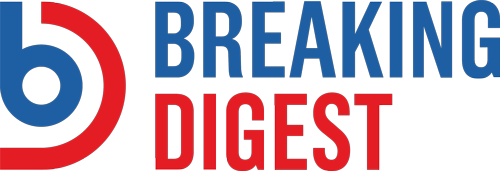
The number of job opportunities in the United States fell in February to its lowest level in over two years, which is a hint that the Federal Reserve’s relentless effort to raise interest rates is starting to cool the labor market.
In February, there were 9.9 million job opportunities, down from the 10.6 million openings posted in January, according to the Labor Department’s data released on Tuesday. Refinitiv’s survey of economists predicted a decrease in job vacancies to 10.4 million.
In fact, the number of open positions fell below 10 million for the first time since May of 2021. However the number of available jobs is still unprecedented: The most prior to the COVID-19 pandemic, which started in early 2020, was 7.6 million. Per unemployed American, there are around 1. 7 jobs available.
In an effort to determine how tight the labor market is and keep inflation in check, the Federal Reserve keeps a close eye on these numbers. Despite the fact that demand for workers is still far higher than the supply of available workers, the disparity is narrowing, as evidenced by the lower-than-expected figure.
Interest rates have increased at the fastest rate in decades as a result of the central bank’s response to the inflation issue and the exceptionally tight labor market. Nine rate increases in a row have already been approved by officials, and they’ve said a tenth is on the table for their May meeting.
As businesses prepare for a recession later this year, it is predicted that labor demand will plateau as the year progresses.
Nonetheless, the number of Americans quitting their jobs inched up to 4 million, accounting for around 2.6% of the workforce, suggesting that people have faith in their ability to do so.
Throughout the previous year, changing jobs has been advantageous for many workers: According to new Atlanta Fed data, 49% of workers who changed jobs last year had their real hourly wages rise faster than inflation, compared to just 42% of those who stayed in their current position.



